When high-tech instruments firm Reliable Controls commissioned a 4,000 square-meter expansion to accommodate its growing research and development department, D’Ambrosio Architecture + Urbanism had to rethink building systems from first principles. The result was a certified LEED Platinum wood-structured building that integrates passive technologies and sophisticated energy-conservation systems.
In order to preserve a stand of indigenous trees, the addition was fitted within the boundaries of an existing parking lot. The addition links to the existing building to functionally integrate the two structures. A landscaped “outdoor classroom” courtyard, between the buildings, optimizes access to daylight and forms a gathering space for the company as a whole. A sequence of rain planters and bio-swales, beginning in the courtyard, follow the site topography and make evident the storm-water management system.
Inside, the exposed structure (regionally-sourced wood and concrete) forms a warm and human-scaled workspace. Narrow office floor-plates are arranged around an atrium that brings in ambient light and draws ventilation to the roof. The state-of-the-art environmental control system was designed and produced by the client firm in collaboration with the project team. Motion-sensors and photo-sensors work in combination with a rooftop weather station to wirelessly monitor and adjust the building’s lighting and ventilation, as well as water and energy use. Both hardware and software can be controlled and experimentally modified by the resident research and development engineers through their computers and mobile devices.
The exterior expression of the building combines a palette of natural materials with mechanistic components; the fenestration is designed as an array of modules punched into warm-toned brick and board-formed concrete walls. Each window module integrates fixed and operable glazing with automated exterior blinds and “trickle vent” fresh air intakes. The façade represents both the literal product of the company and the building’s function as part of a research campus.
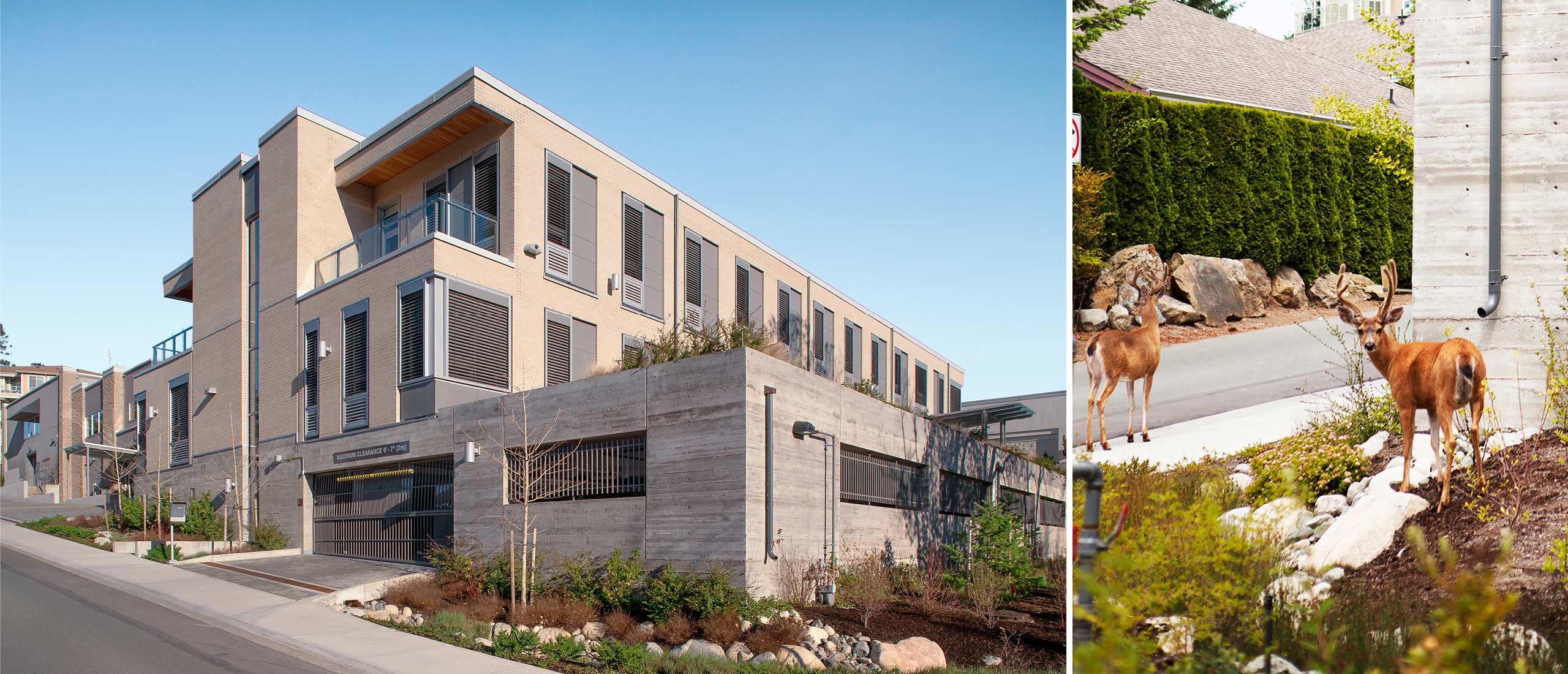
When a high-tech instruments firm commissioned a 4,000 square-meter expansion to accommodate its growing research and development department, it asked the design team to rethink building systems from first principles. The result is a LEED Platinum- certified wood- structured office building integrating passive technologies and sophisticated energy-conservation systems. Located in a small, mixed-use neighbourhood, the project exemplifies the sustainability goals of its municipality’s official community plan.
Sustainable design strategies include:
Although the building attaches to an existing building on two levels, the design and construction sequencing successfully accommodated the client’s requirement that operations in the existing building, including sensitive manufacturing equipment, continue uninterrupted throughout construction.
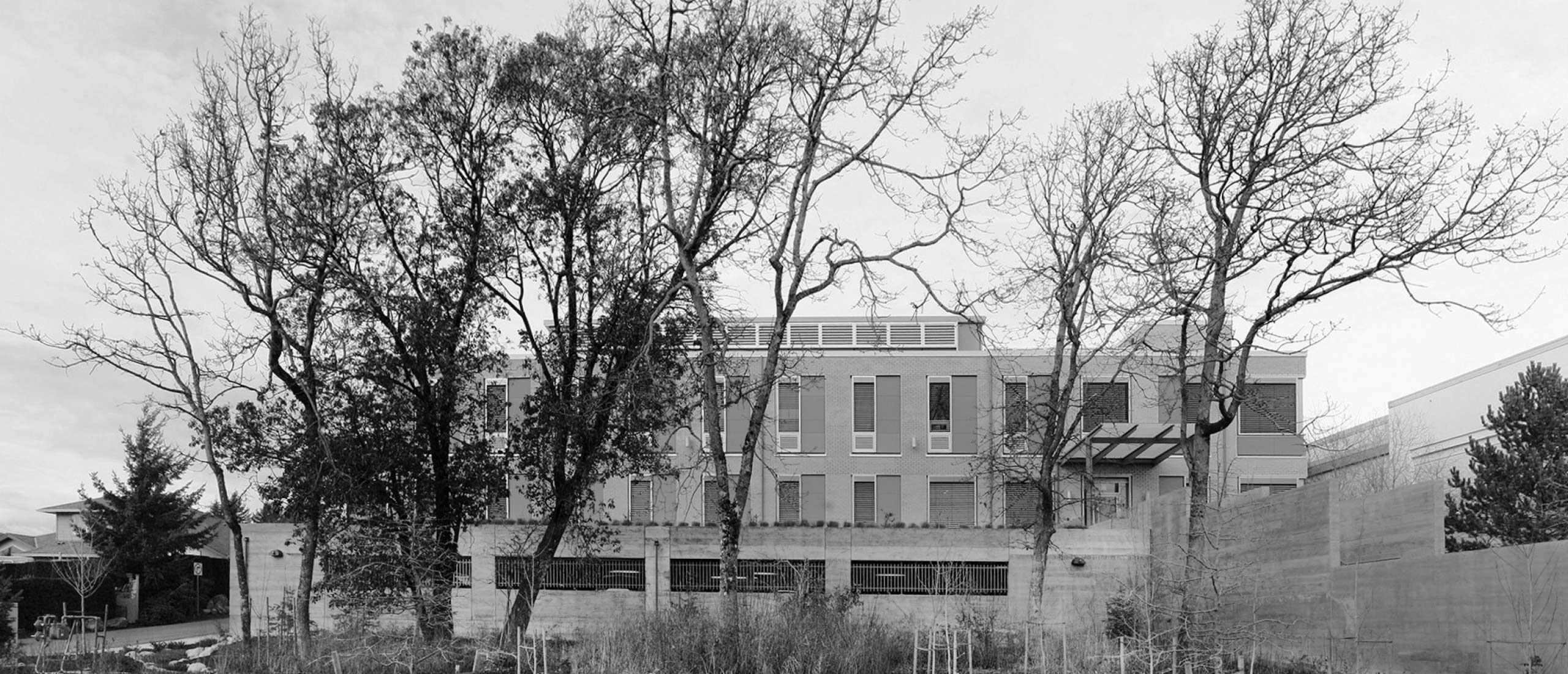
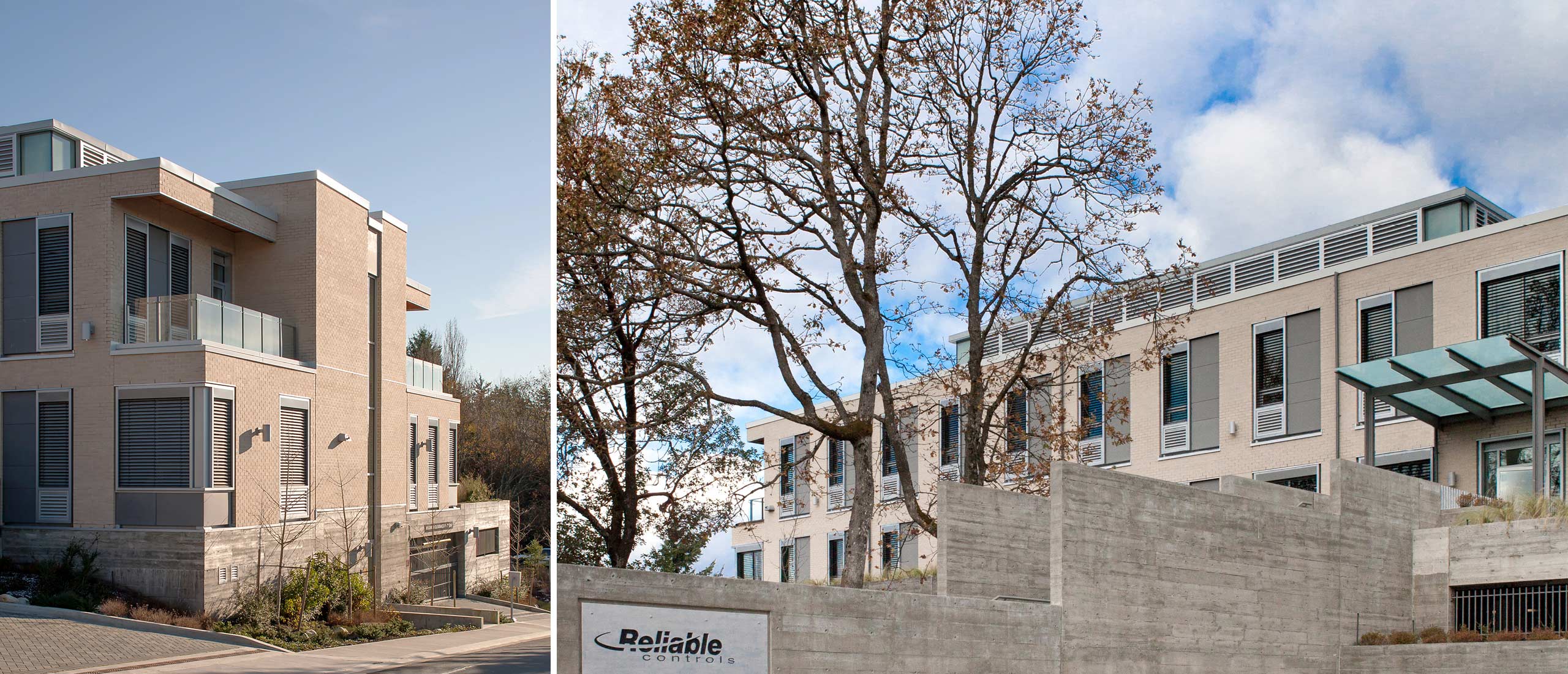
Three primary strategic decisions affect the project’s architectural expression:
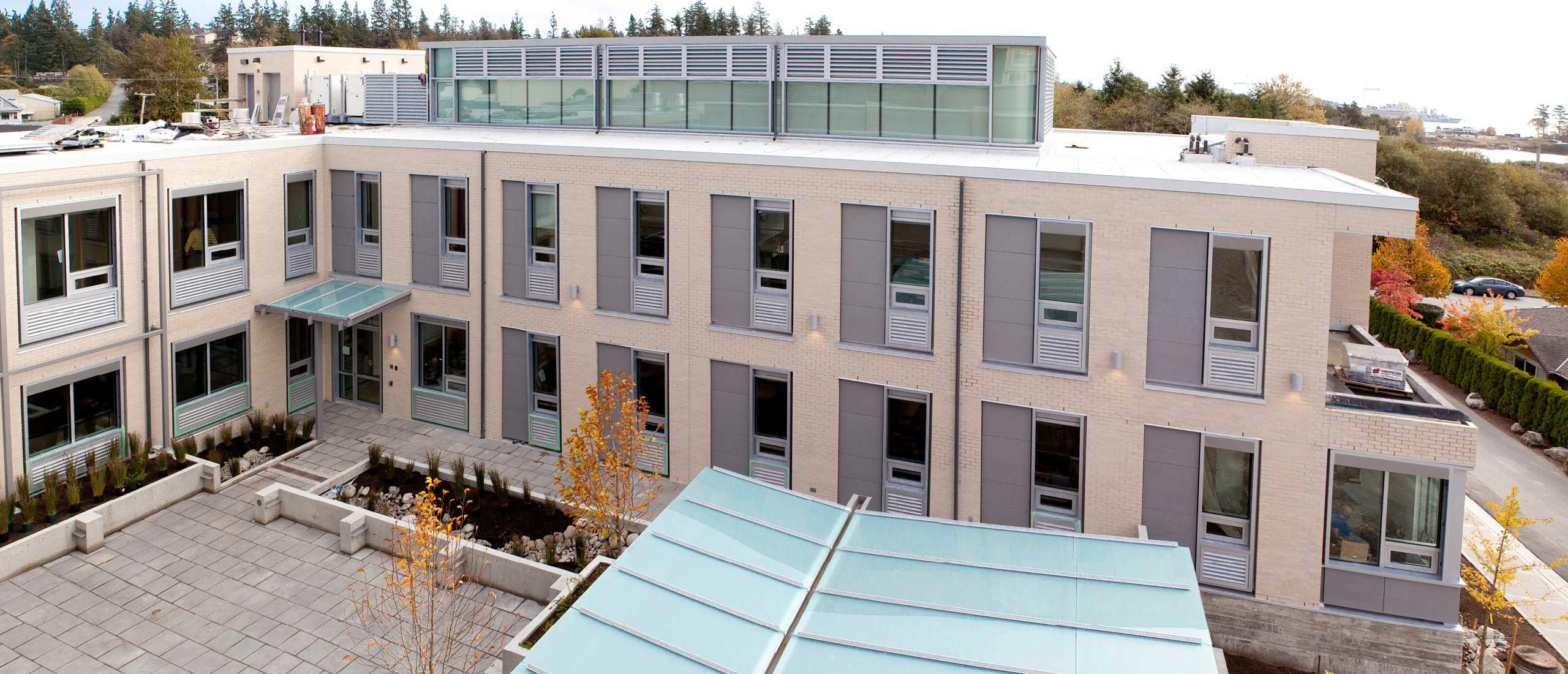
Narrow floor plates and high ceilings optimize daylight and fresh air, with 89% of occupied floor area within seven meters of an operable window and integrated trickle vent. Building control systems link trickle vents to the building’s weather station, which governs damper position and tempering of in-coming air. Wireless control systems adjust exterior blinds in response to solar conditions. A clerestory tower admits indirect light into the building core, and also drives the building’s passive ventilation system, drawing off exhaust air. A heat recovery ventilator operates seasonally to recapture heat from discharged air.Occupant and photo-sensors control high-efficiency LED lighting. The projected annual energy consumption of the lighting system is 18 kwh/m2.
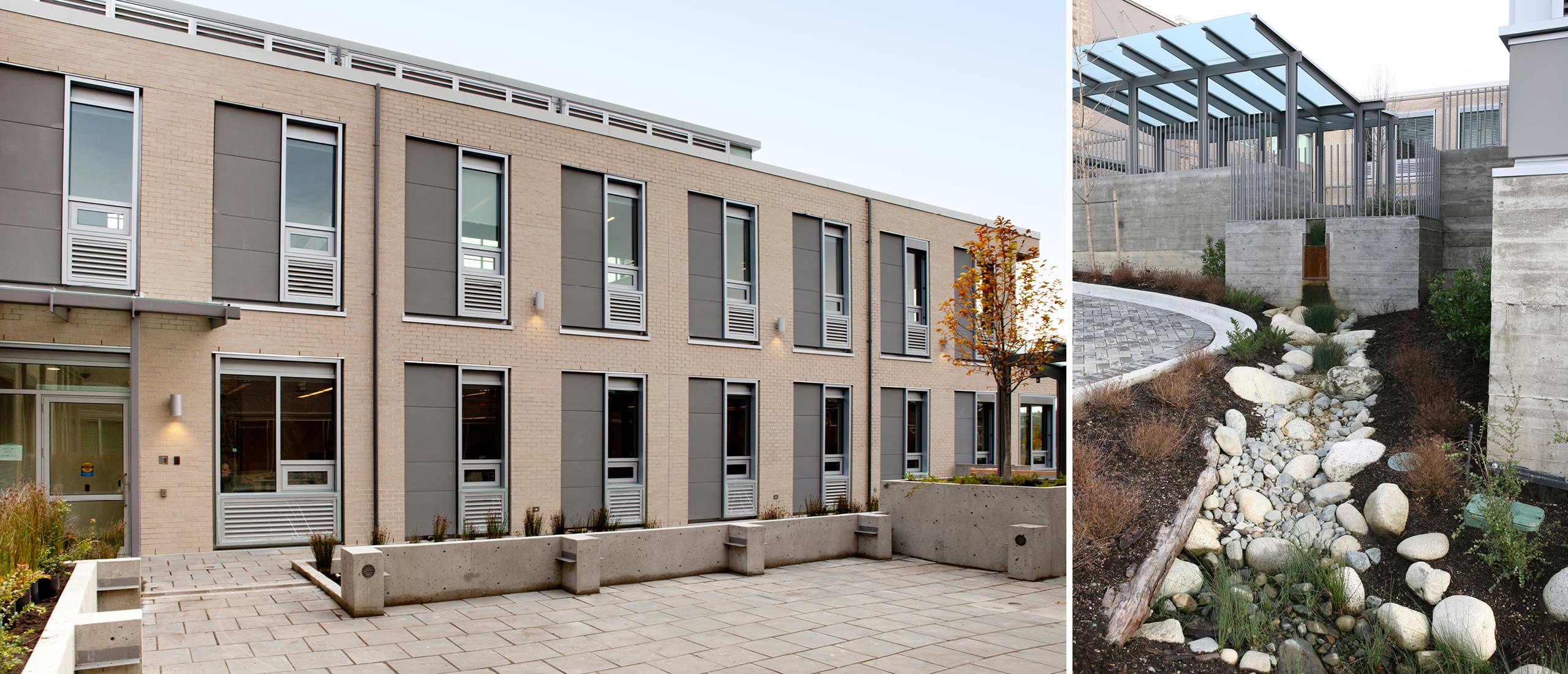
The building form and envelope reduce energy consumption through a variety of strategies:
Building orientation takes advantage of shading from south trees, and creates an exterior courtyard to increase daylighting. Air-to-water heat pumps provide energy-efficient heating and cooling via in-floor hydronic distribution and thermal mass.
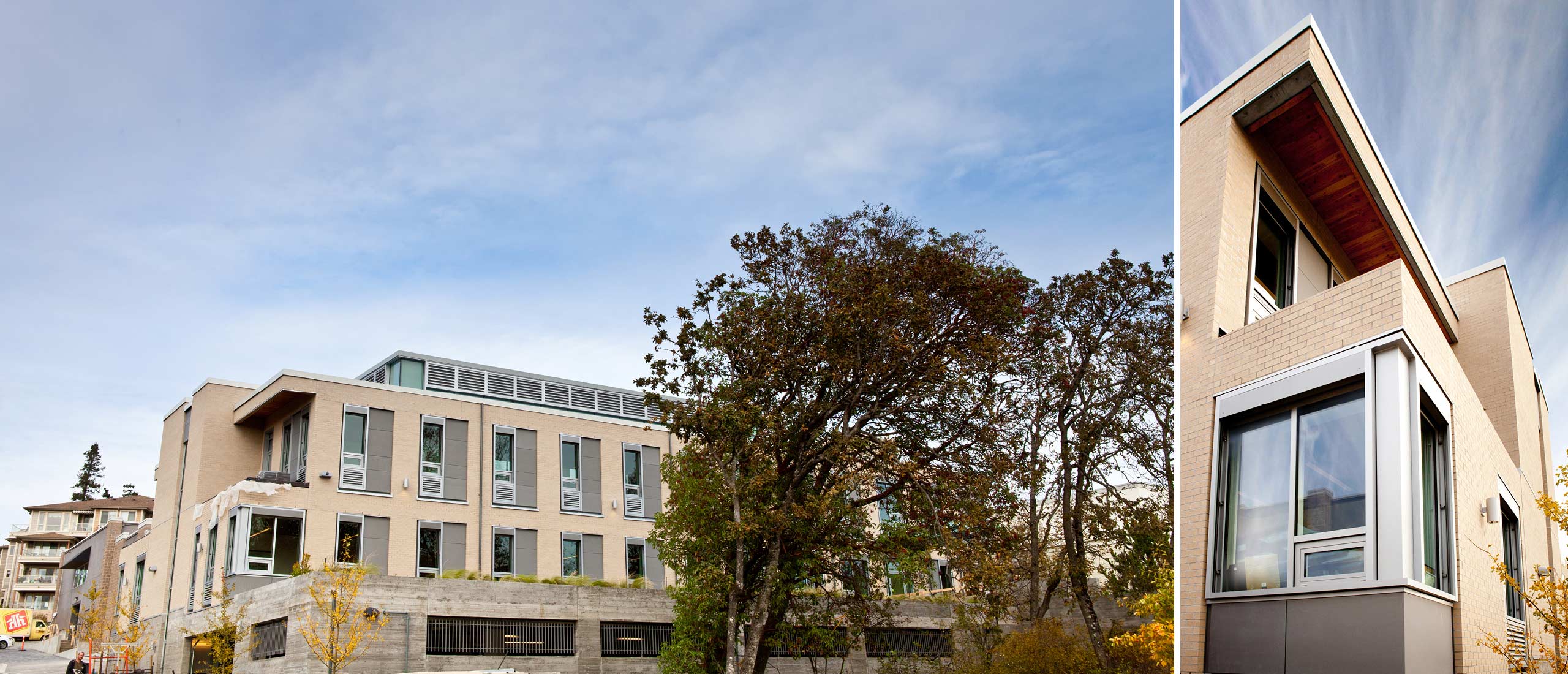
The building’s environmental control system was designed and produced by the client firm in collaboration with the architects and mechanical engineers. Occupant and photo-sensors work in combination with a roof-top weather station to wirelessly monitor and adjust the building’s lighting and ventilation, as well as water and energy use. Building occupants are also able to adjust settings to improve their comfort. Both hardware and software can be controlled and experimentally modified by resident research and development engineers.
The projected annual electrical energy consumption for the building is 119 kWh/m2/yr.
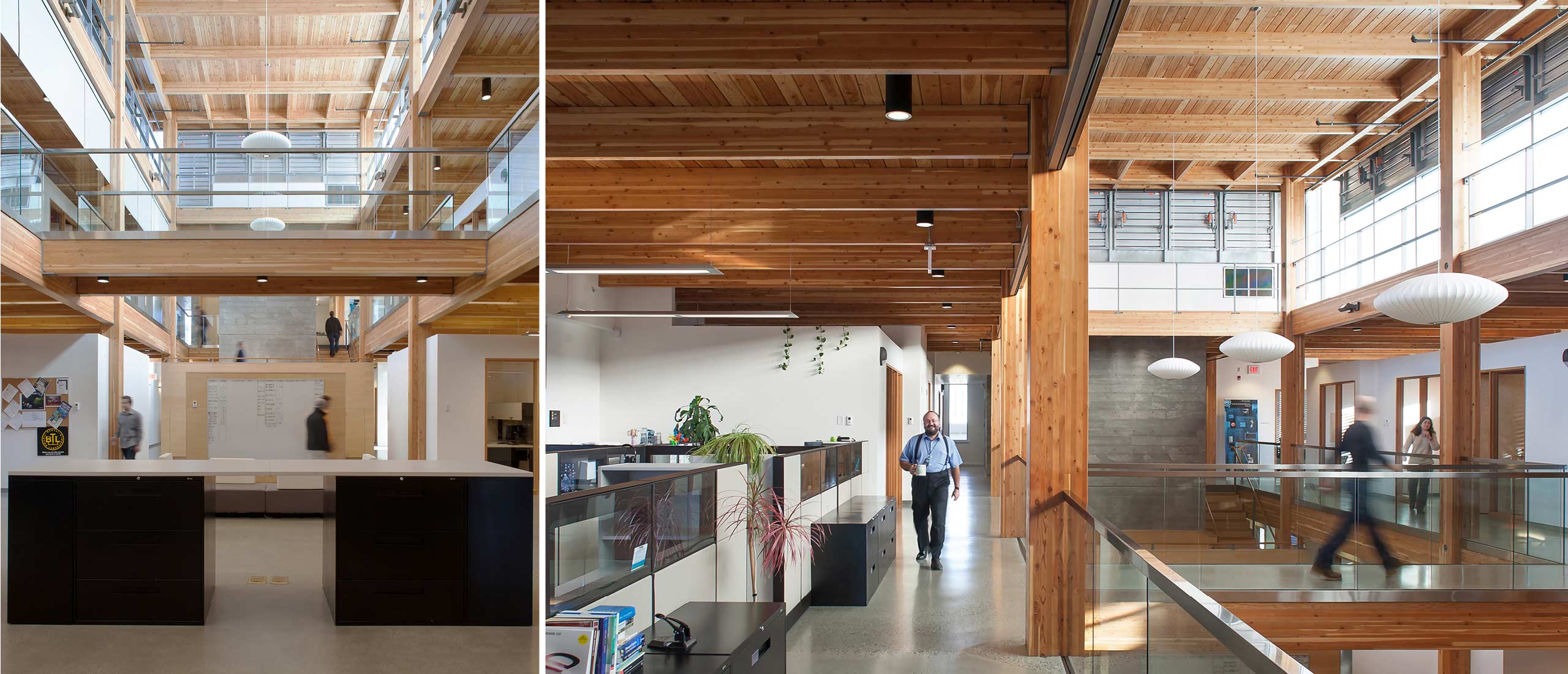
The building’s use of wood for its structure replaces energy and ghg-intensive concrete and steel with a regionally-sourced, renewable, and natural material which locks in forest-sequestered carbon, and reduces the demand for products of mining. The structural use of wood largely determines the building’s character, generating a workplace with a serene yet lively aesthetic.
Over 50% of the building’s wood by value is FSC-certified. Over 15% of building materials by value are recycled. All finishes in the building meet or exceed LEED credit requirements for indoor air quality. The project diverted 99% of construction waste from landfill.
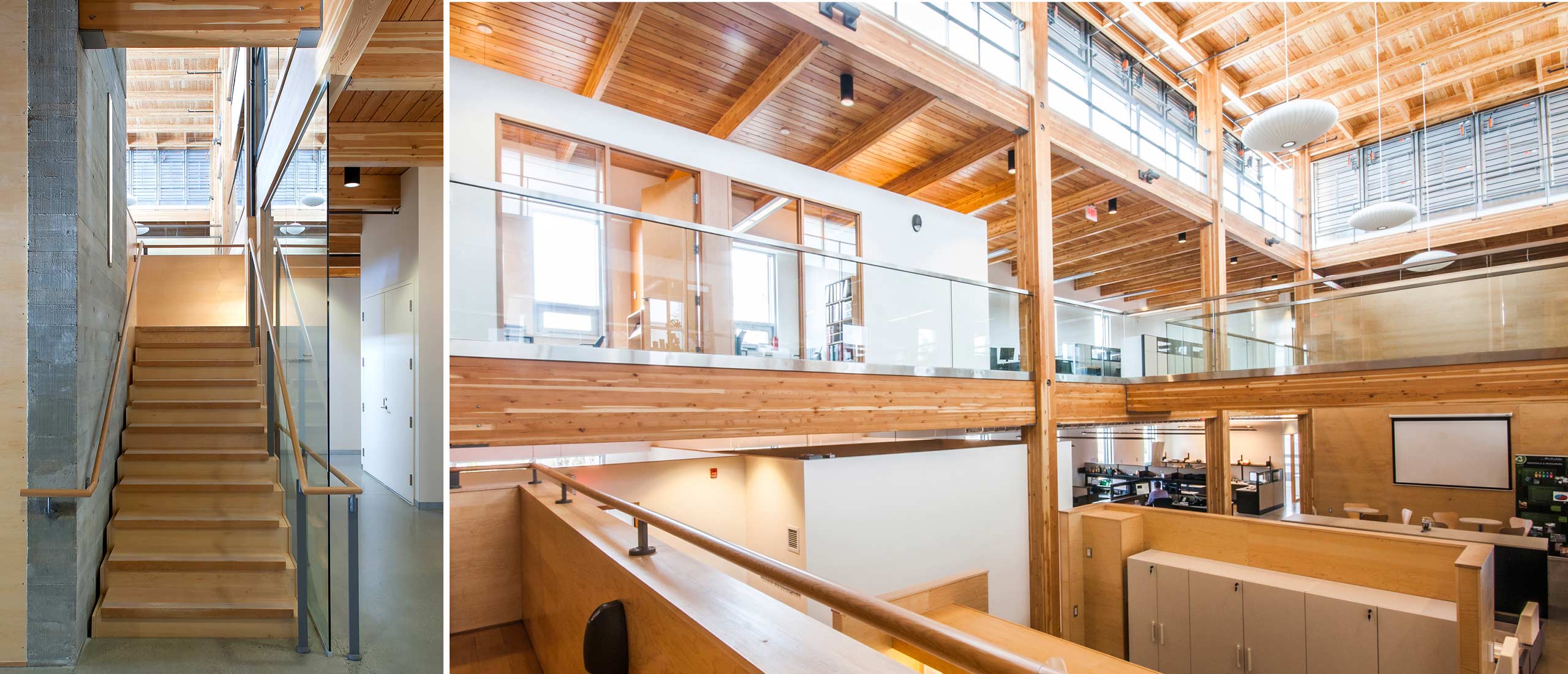
As the headquarters of a firm designing and developing environmental control systems, the building showcases sustainable building technologies, both active and passive. An invitation to the building opening and inaugural tour was extended to the community; building tours and presentation materials on LEED continue to be made available to the public.
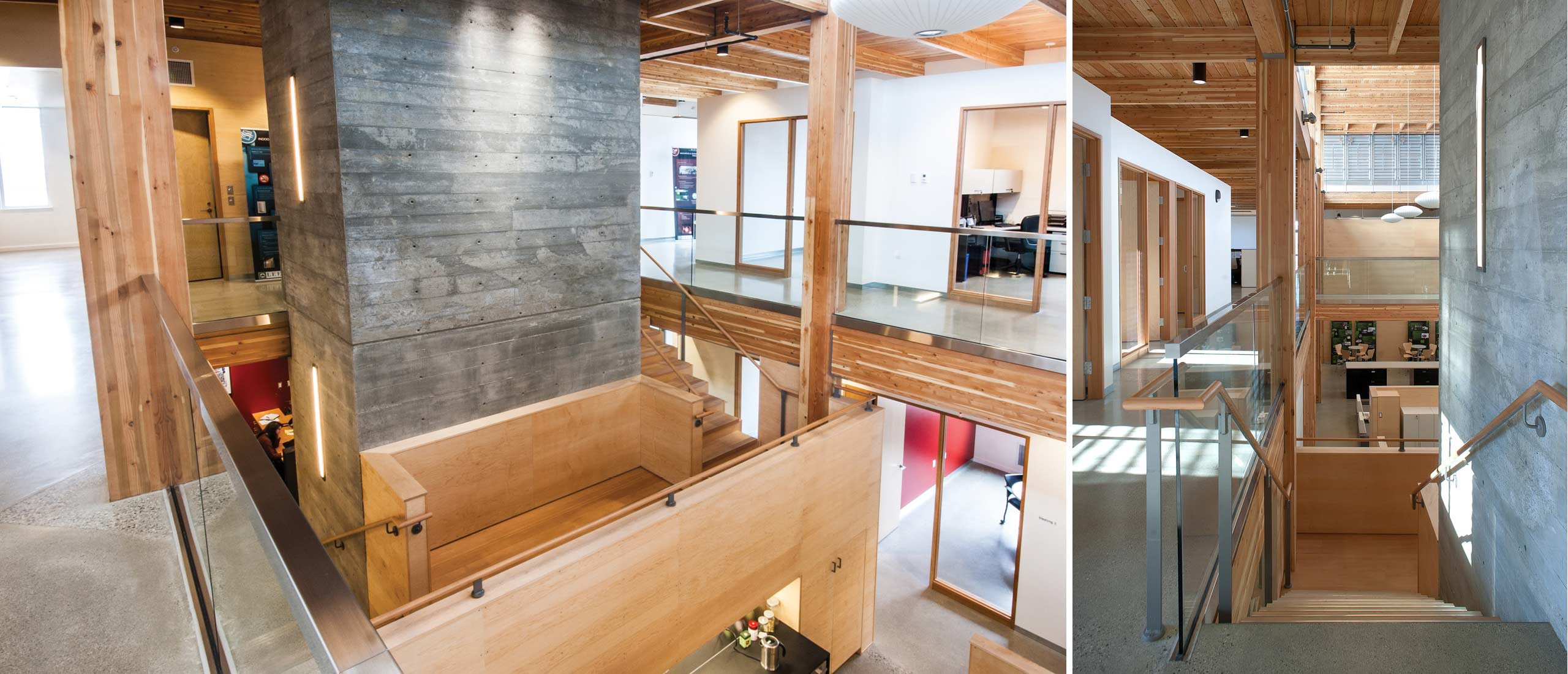
The building is detailed for high thermal performance in compliance with the LEED durable building credit, and uses durable materials throughout, often with integral finishes requiring minimal maintenance. It has a 75-year Design Service Life.
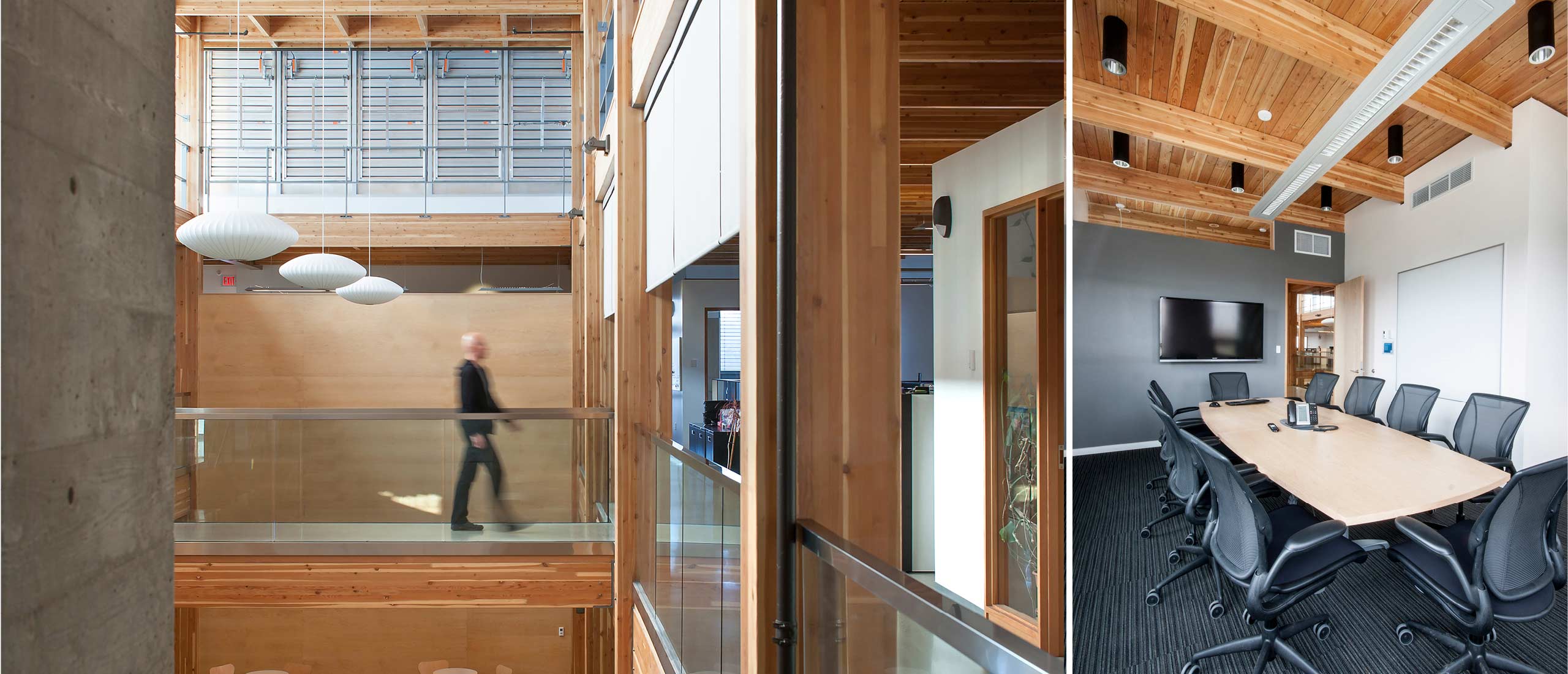
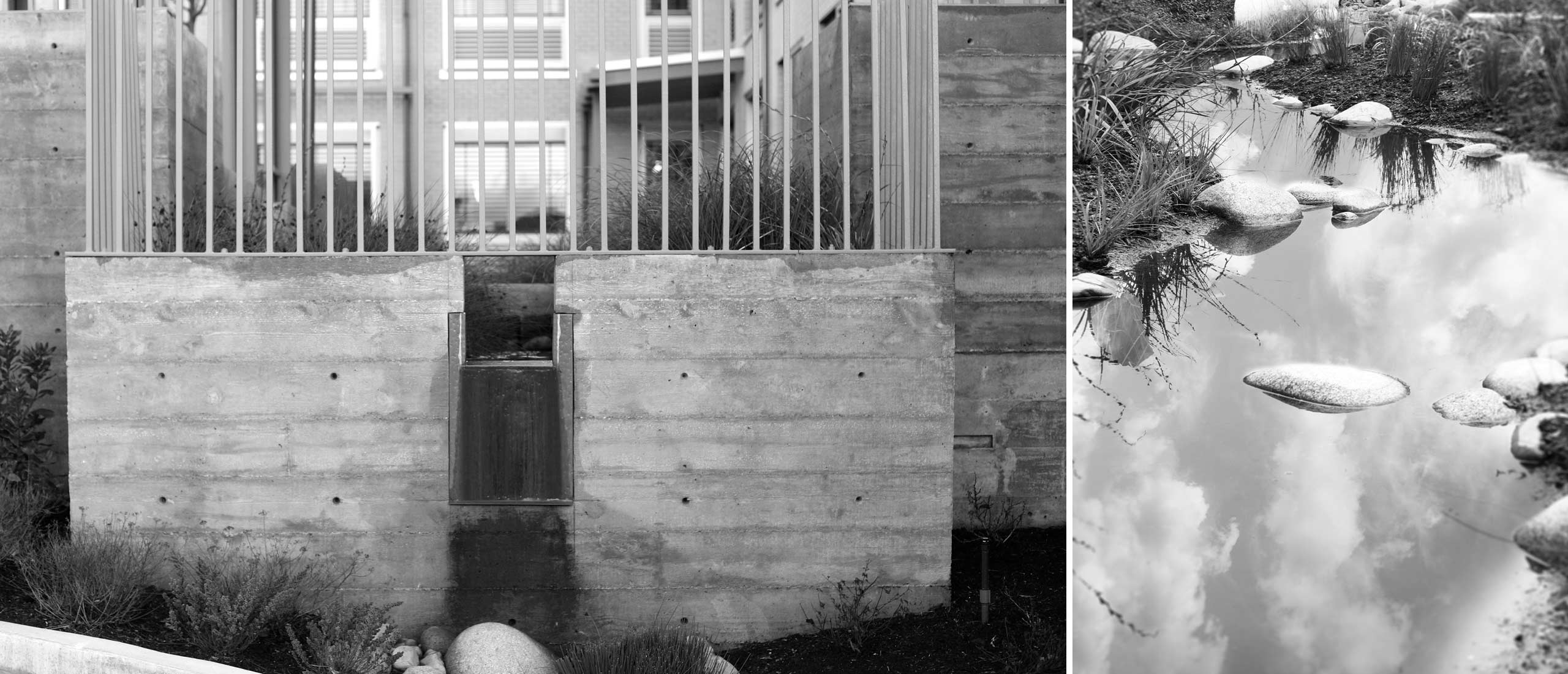
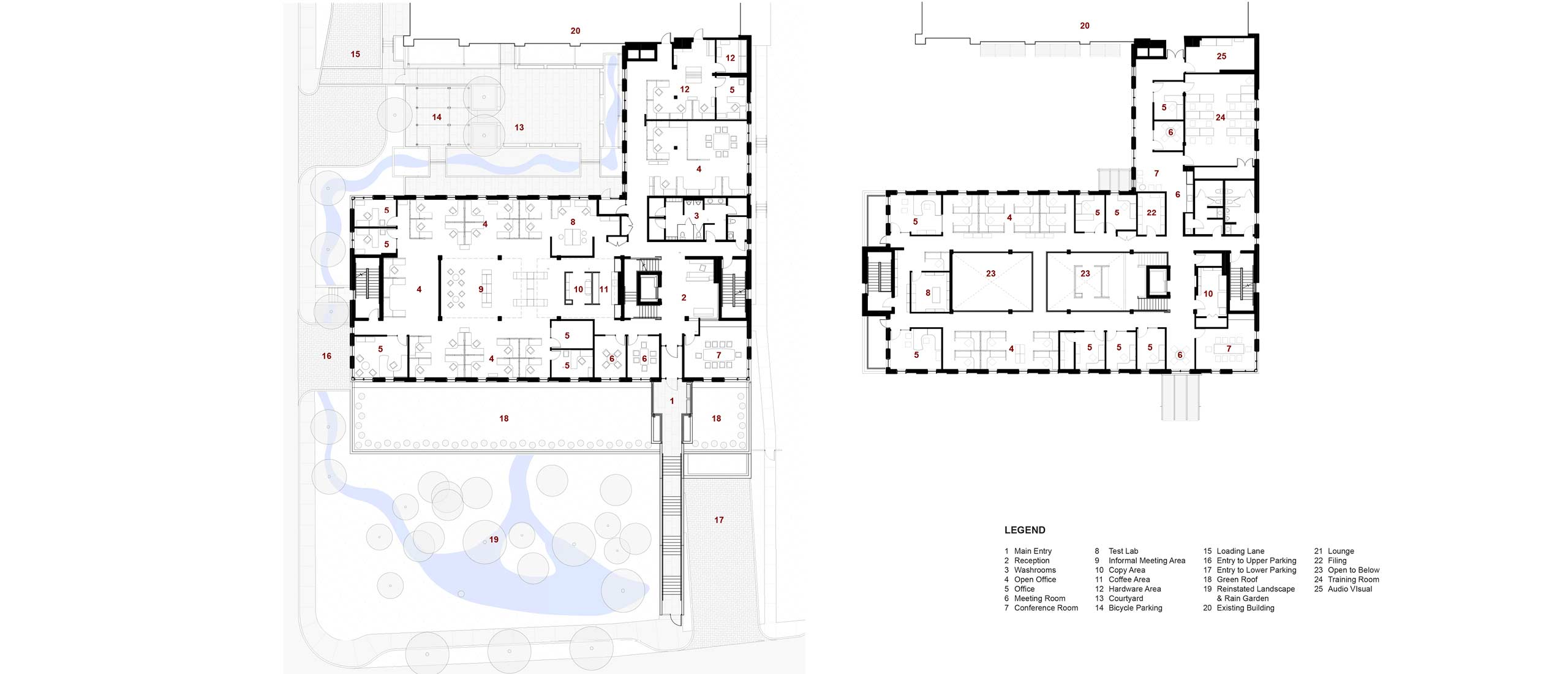
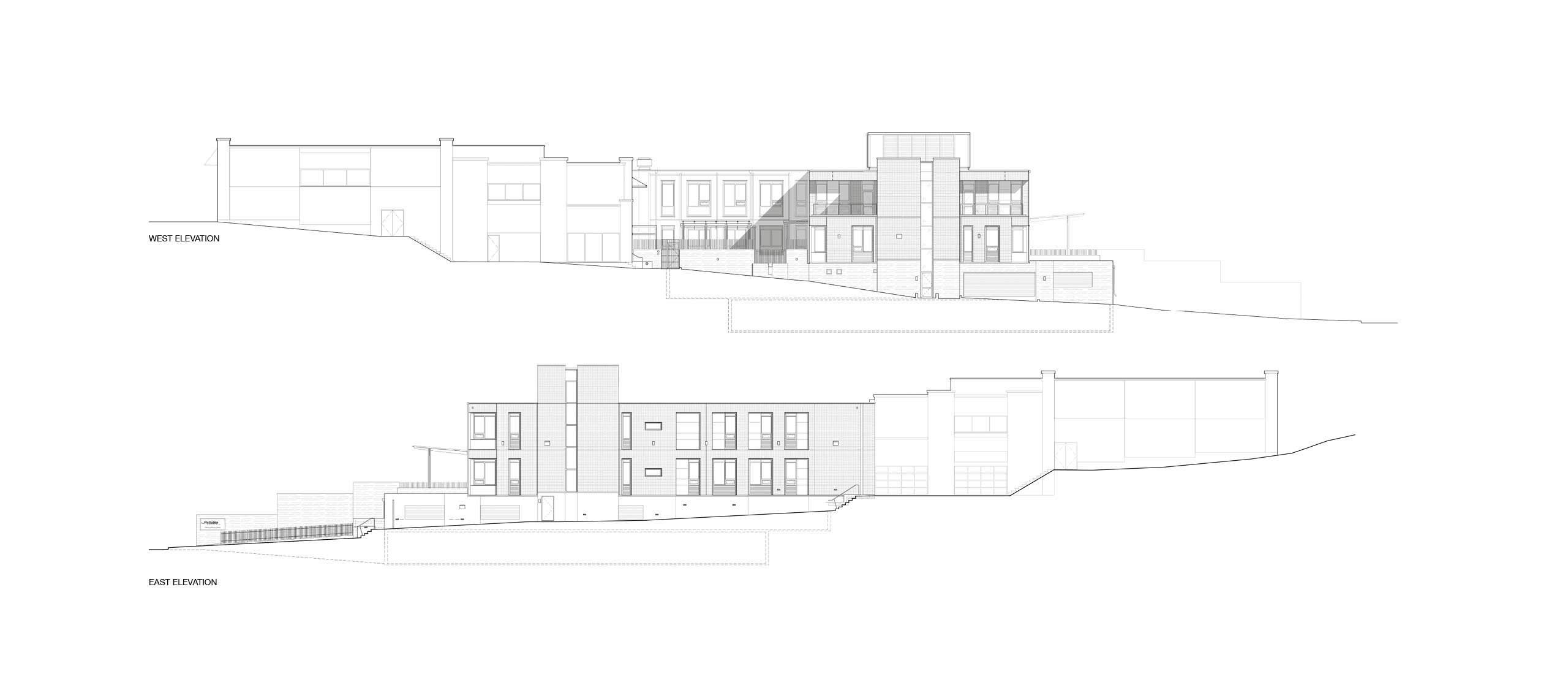
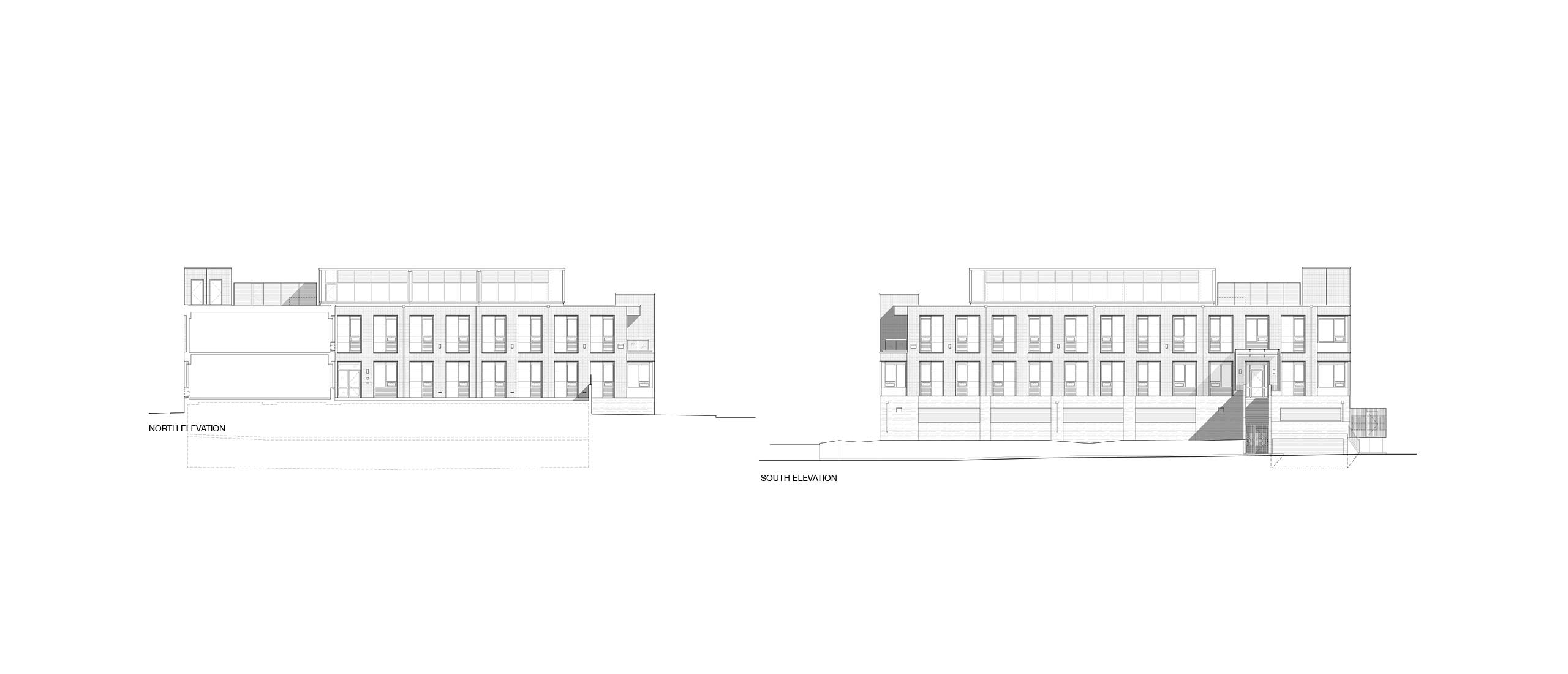
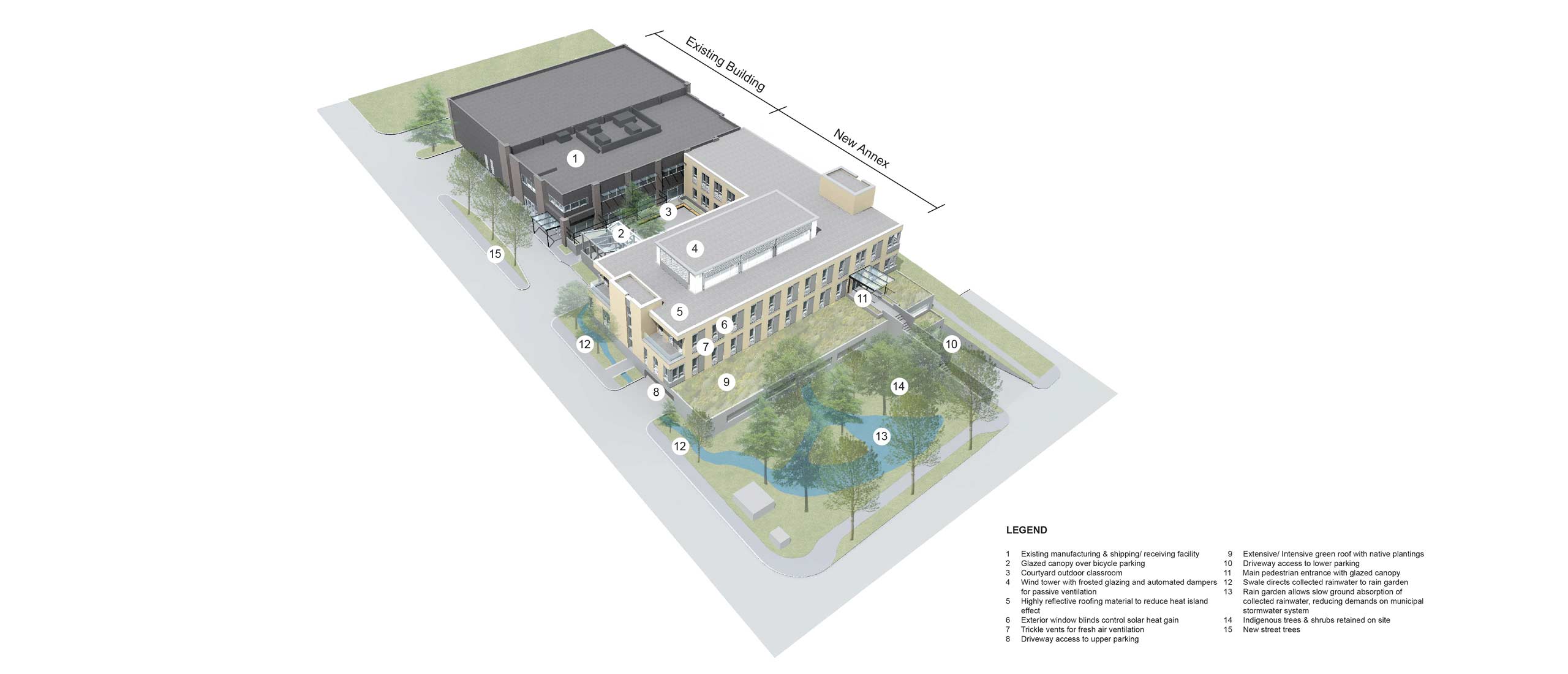
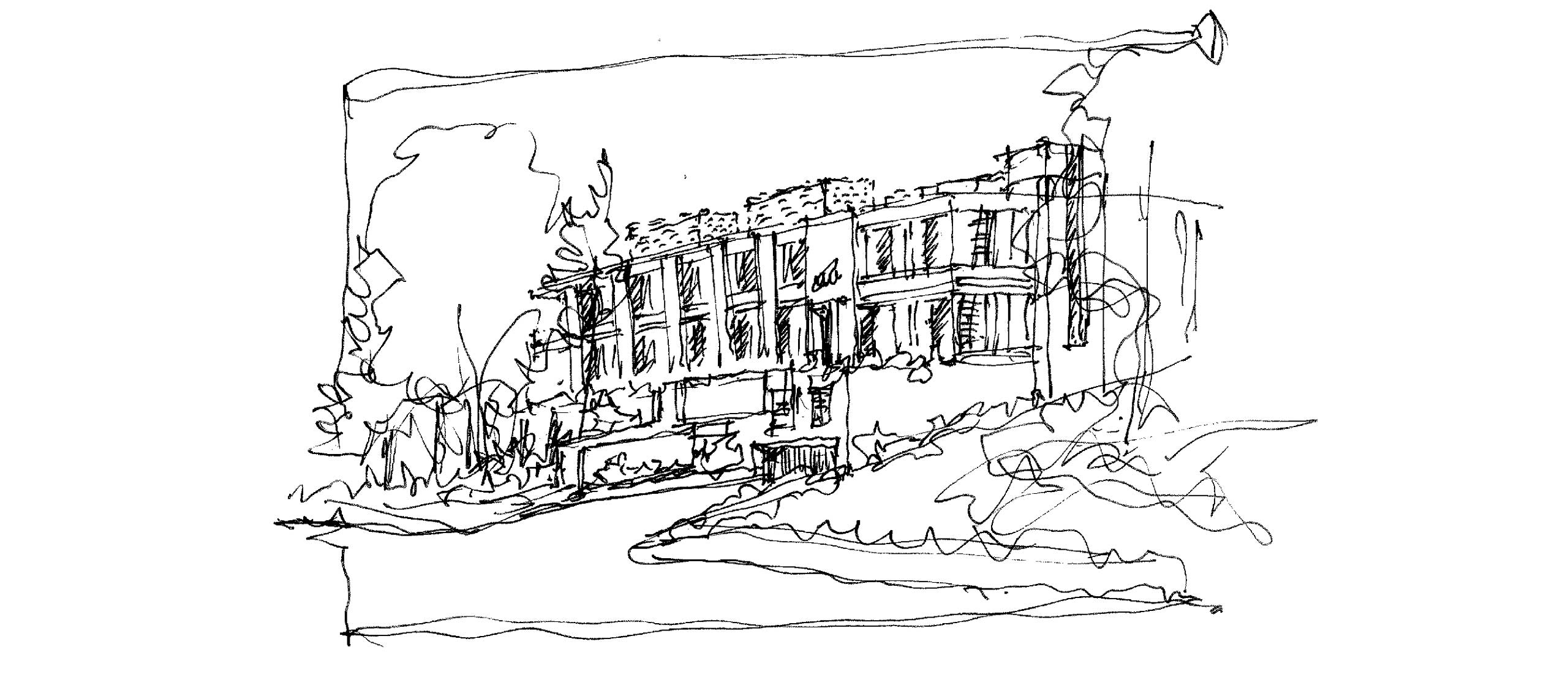
Integrated Watershed Management: Reliable Controls (Sponsored by Golder Associates)
Reliable Controls is a local Victoria company that is housed in a new LEED™ Platinum targeted building that maximizes watershed management properties of their site. With the redesign, more than 90% of the precipitation is captured and reused for irrigation and flushing toilets, managing pollution loads and diverting runoff from the adjacent street surfaces.